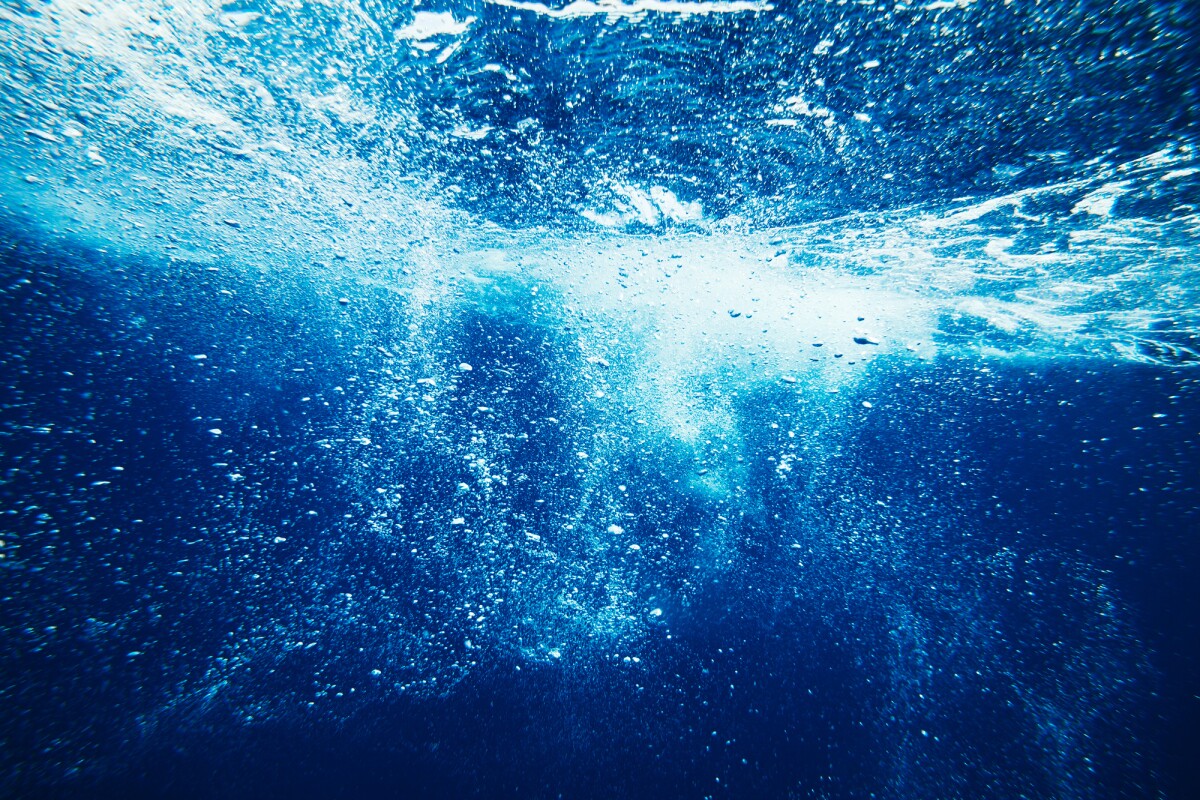
Scientists Identify New Type of Marine Heatwaves at the Bottom of Oceans
The world’s oceans are vast, covering over 70% of the earth’s surface, and play a vital role in regulating the climate. While much attention has been focused on the impact of rising temperatures on land, scientists are now discovering a new type of marine heatwaves that occur at the bottom of the oceans. Recent studies have revealed that these heatwaves are becoming more frequent and intense, with potentially catastrophic consequences for marine life and the planet’s climate.
Underwater Turbulence: A Key Factor in Climate Change Scientists have discovered that underwater turbulence, caused by the movement of the oceans, is a key factor in climate change. As the water circulates, it creates eddies and currents, which cause heat to be transported from the surface to the bottom of the ocean. This process, known as “ocean mixing,†is critical for regulating the earth’s climate. Without it, heat would build up at the surface, leading to even more extreme weather conditions.
Also Read:
- Motorola Launches 8GB RAM Variant of Moto G32 in India: Price, Specifications, and More
- Blizzard Addresses Long Queue Times for Diablo IV Beta Players
However, recent research has shown that the process of ocean mixing is being disrupted by climate change. As the planet warms, the surface waters become less dense, making it harder for them to sink to the bottom. This reduces the amount of mixing, causing the water at the bottom of the ocean to become stagnant and leading to the formation of marine heatwaves.
Intense Heatwaves at the Bottom of the Ocean Scientists have recently identified a new type of marine heatwaves that occur at the bottom of the ocean. These heatwaves are caused by the stagnant water, which is heated up by the sun and the earth’s core. The heatwaves can last for weeks or even months, and they can have devastating effects on marine life.
When the water at the bottom of the ocean heats up, it causes the oxygen levels to decrease, making it difficult for marine animals to survive. It can also lead to the release of greenhouse gases, such as methane, which can exacerbate climate change.
The Discovery of Deep Impact Heat Waves Recent studies have shed light on the prevalence of these deep impact heat waves. Scientists have discovered that they are becoming more frequent and intense, with potentially catastrophic consequences for the planet. In some cases, these heatwaves can be as powerful as the heatwaves that occur on land, with temperatures reaching up to 6°C above normal.
One study found that between 1982 and 2016, the number of marine heatwaves at the bottom of the ocean has doubled. Another study found that the intensity of these heatwaves has increased by 20% over the same period. These findings suggest that the impact of climate change on the oceans is even more significant than previously thought.
The discovery of these new types of marine heatwaves at the bottom of the oceans is a cause for concern. These heatwaves are becoming more frequent and intense, with potentially catastrophic consequences for marine life and the planet’s climate. The disruption of ocean mixing due to climate change is a key factor in the formation of these heatwaves. As the planet warms, it is essential that we take action to reduce our carbon emissions and protect the oceans from further harm.
Read More:
- Troubleshooting Tips for Sims 4 Mods and Errors
- Get Your Chores Done While Playing Diablo 4: How the Sweepstakes Work
That's it for this article.
Thanks for Visiting Us – fixyanet.com


0 Comments